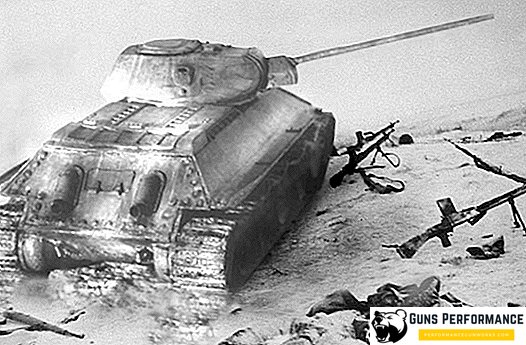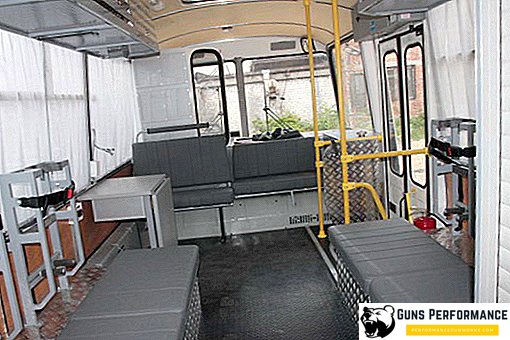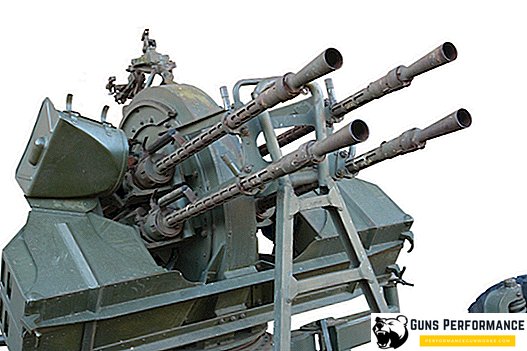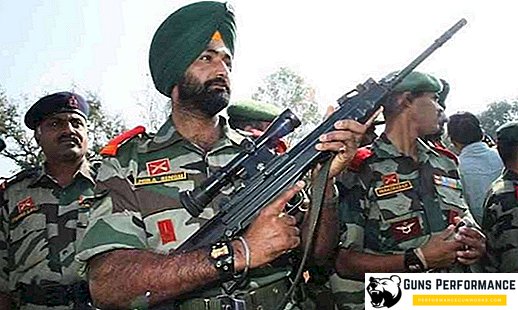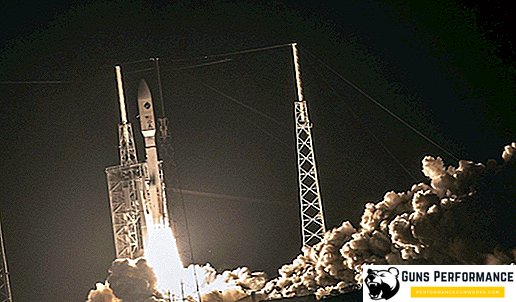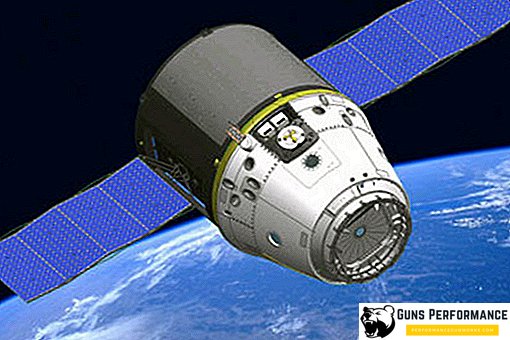The air defense forces of the country, which are not accidentally considered to be a “sky shield”, are able to guaranteely cover strategic objects and large groups of our troops from a possible attack by aerospace strike complexes of a potential enemy.
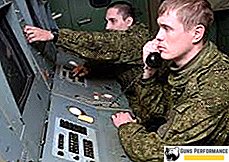
However, the process of eliminating threats from the sky itself consists of a whole range of measures, including the detection and tracking of air targets. And here comes to the aid of the military equipment, namely, radar stations.

According to the press service of the Ministry of Defense of the Russian Federation, this newest P-18R type radar was prepared by the radio-technical forces of the Air Force and Air Defense of the Eastern Military District for combat duty in Kamchatka.
A distinctive feature of this ultra-modern radar complex is the ability of the locator to "cut" any size and flying at various altitudes of aircraft, and most importantly, to detect and take to escort aircraft developed by the "stealth" technology - airborne machines with low radar visibility .
To date, such "stealth aircraft" have a limited number of countries. In addition to Russia with the Su-57 fighter, the inconspicuous fifth-generation aviation technology is in service with the United States and the People’s Republic of China. And if the Chinese are trying to hide their developments, then the Americans, on the contrary, in every possible way advertise the products of their military-industrial complex, guided by the principle "advertising is the engine of trade."

Now the American B-2A Spirit bombers, F-22A Raptor and F-35 Lightning II fighters cannot feel safe if they are caught in the P-18R's radar.
Being a modernized version of the Soviet P-18 Terek radar, the new station, unlike its predecessor, the two-coordinate radar, is capable of operating in three bands, determining the azimuth of the target, the range to it and the speed of flight of an air object.
In addition, a significant detection range (at least 400 km) and high accuracy in determining the coordinates of targets, as well as increased noise immunity and reliability can be attributed to the advantages of the radar station.
The attention of the Russian military command to cover the eastern borders is not accidental. It is no secret that the Pentagon holds a huge grouping of troops in the Pacific region, including aircraft deployed on the airfields of Alaska, South Korea and Japan, and increasing the share of subtle aircraft from year to year. In addition, aircraft carriers of the United States naval forces regularly approach our Far Eastern shores, each of which has on board more than 60 airplanes for various purposes.


